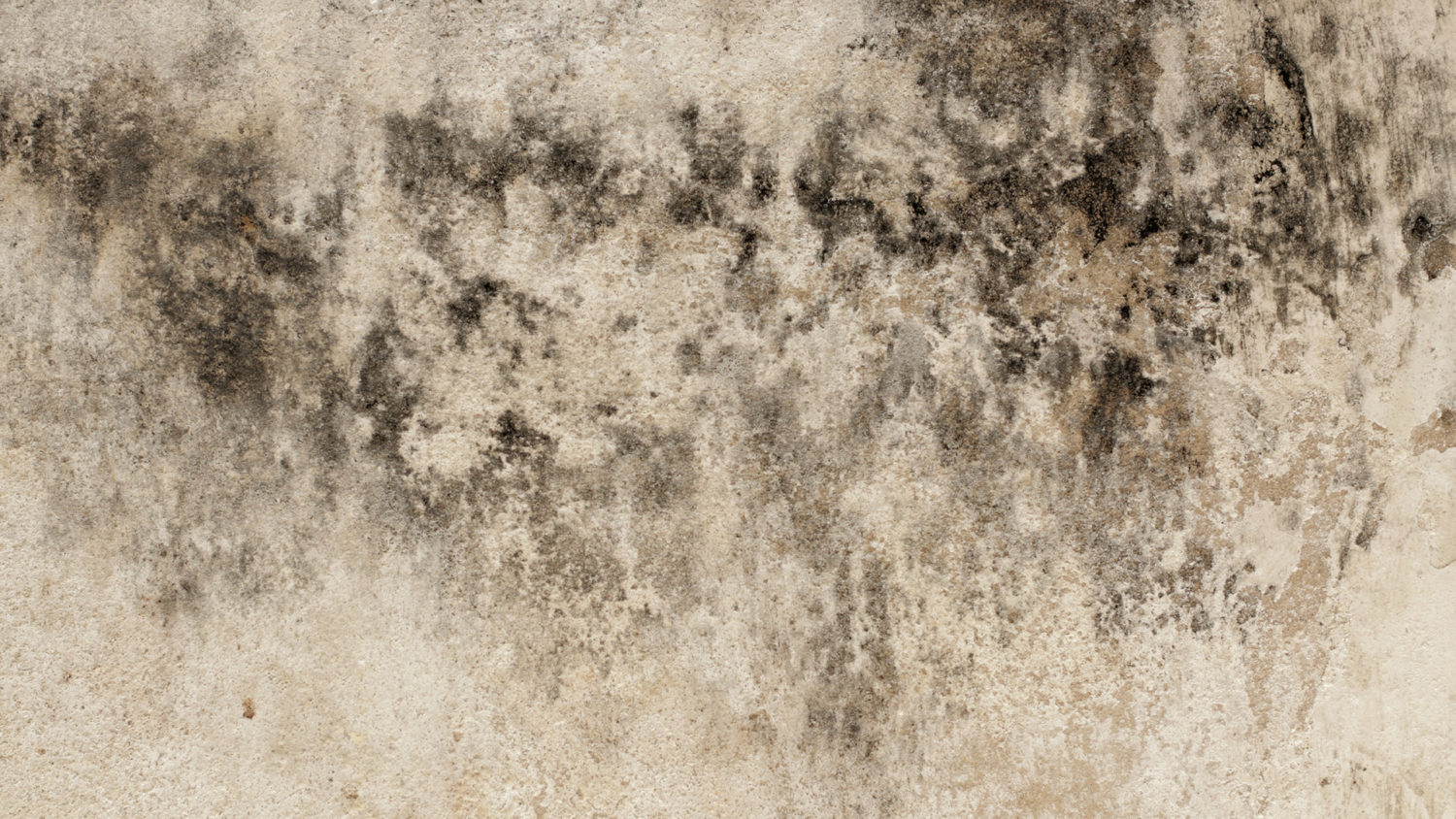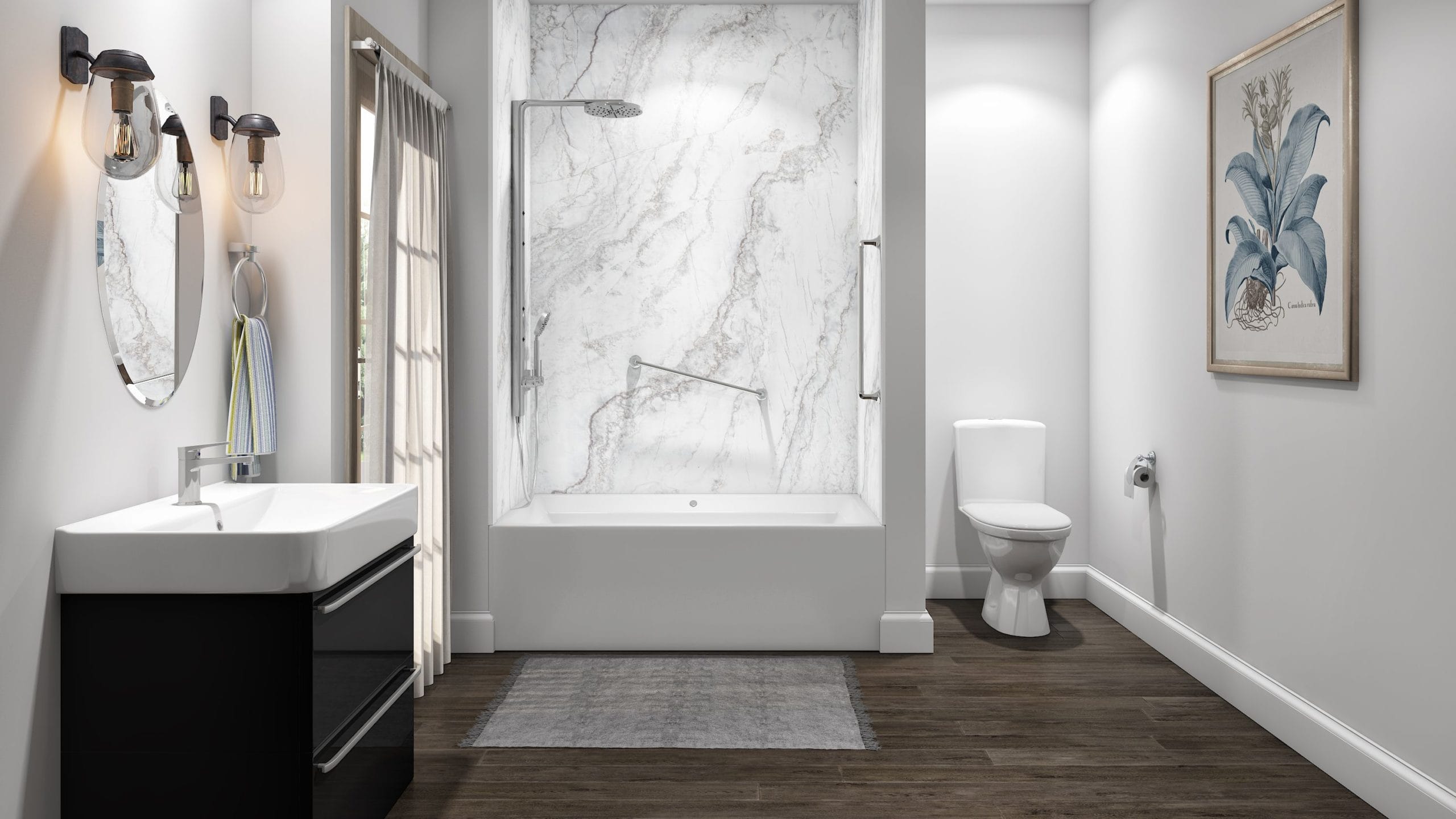Understanding Mold Resistant Bathroom Paint

Mold growth in bathrooms is a common problem due to high humidity levels and moisture. Mold resistant paint offers a solution by inhibiting the growth of mold and mildew on painted surfaces. This type of paint is specifically designed to resist mold and mildew, making it an ideal choice for bathrooms and other humid environments.
The Science Behind Mold Resistant Paint
Mold resistant paint works by incorporating special additives, typically fungicides, into the paint formula. These fungicides are active ingredients that kill or inhibit the growth of mold spores. When the paint dries, the fungicides are embedded within the paint film, creating a barrier that prevents mold from taking hold.
Types of Mold Resistant Paint
There are various types of mold resistant paint available, each with its own advantages and disadvantages:
Acrylic Mold Resistant Paint
Acrylic mold resistant paint is a popular choice due to its durability, water resistance, and ease of application. It is typically available in a wide range of colors and finishes, making it suitable for various bathroom styles.
Epoxy Mold Resistant Paint
Epoxy mold resistant paint is known for its exceptional durability and resistance to moisture, making it ideal for high-traffic areas and surfaces prone to heavy wear and tear. However, epoxy paint can be more difficult to apply and requires proper preparation of the surface.
Latex Mold Resistant Paint
Latex mold resistant paint is a water-based paint that offers good adhesion and durability. It is relatively easy to apply and clean up, making it a user-friendly option. However, latex paint may not be as durable as epoxy paint and may require more frequent touch-ups.
Choosing the Right Mold Resistant Paint, Mold resistant bathroom paint
Selecting the right mold resistant paint for your bathroom involves considering various factors:
Humidity Levels
Bathrooms with high humidity levels require a paint with excellent moisture resistance, such as epoxy paint.
Ventilation
Proper ventilation is crucial in preventing mold growth. If your bathroom has inadequate ventilation, it is essential to choose a paint with strong mold-resistant properties.
Surface Being Painted
The type of surface being painted can influence the choice of paint. For example, a porous surface like drywall may require a paint with good adhesion and moisture resistance.
Color and Finish
Consider the desired color and finish for your bathroom. Mold resistant paint is available in a variety of colors and finishes to complement your bathroom décor.
Benefits of Using Mold Resistant Bathroom Paint

Mold resistant bathroom paint offers a range of advantages that go beyond simply preventing mold growth. It plays a crucial role in creating a healthier and more aesthetically pleasing bathroom environment, while also contributing to long-term cost savings.
Improved Air Quality
Mold growth in bathrooms can significantly impact air quality, releasing harmful spores that can trigger allergies, asthma, and other respiratory problems. Mold resistant paint acts as a barrier, inhibiting mold growth and reducing the release of these harmful spores into the air. This results in a healthier and more breathable environment, particularly beneficial for individuals with respiratory sensitivities.
Reduced Health Risks
Mold growth can pose serious health risks, especially for individuals with compromised immune systems or pre-existing respiratory conditions. Mold resistant paint helps to mitigate these risks by preventing mold growth and minimizing exposure to harmful spores. This creates a safer and more hygienic environment, promoting overall well-being.
Enhanced Surface Lifespan
Mold growth can damage bathroom surfaces, leading to discoloration, peeling paint, and even structural deterioration. Mold resistant paint protects surfaces from mold infestation, extending their lifespan and reducing the need for costly repairs or replacements. This translates into long-term cost savings and a more durable bathroom environment.
Cost Savings
While mold resistant paint may have a slightly higher upfront cost compared to regular paint, it offers significant long-term cost savings. By preventing mold growth, it eliminates the need for costly mold remediation, which can involve professional cleaning, removal of affected materials, and potential structural repairs. The long-term cost savings associated with mold resistant paint can outweigh the initial investment.
Aesthetically Pleasing and Hygienic Environment
Mold growth can detract from the aesthetic appeal of a bathroom, creating an unsightly and unhygienic environment. Mold resistant paint helps to maintain a clean and aesthetically pleasing bathroom by preventing mold growth and discoloration. This contributes to a more inviting and comfortable space that promotes relaxation and well-being.
Applying Mold Resistant Bathroom Paint

Applying mold resistant bathroom paint requires careful preparation to ensure optimal adhesion, coverage, and long-lasting mold resistance. This involves thoroughly cleaning the surface, addressing any imperfections, and applying the paint with the right techniques.
Preparing the Bathroom Surface
Preparing the bathroom surface is crucial for achieving a smooth and even finish. This process ensures that the paint adheres properly and provides a long-lasting barrier against mold growth.
- Remove Existing Paint: If the bathroom walls are already painted, it’s essential to remove any loose or peeling paint. This can be done by scraping, sanding, or using a paint stripper.
- Clean the Surface: Thoroughly clean the bathroom walls with a mildewcide cleaner and a scrub brush. This will remove any dirt, grime, mold, or mildew that could interfere with the paint’s adhesion. Rinse the walls thoroughly with clean water and allow them to dry completely.
- Repair Cracks and Holes: Patch any cracks or holes with spackle or joint compound. Let the patching material dry completely before sanding it smooth.
- Sand the Surface: Sand the entire surface with fine-grit sandpaper to create a smooth and even texture. This will help the paint adhere properly and provide a uniform finish.
- Prime the Surface: Apply a mildew-resistant primer to the bathroom walls. This will help to seal the surface and create a better base for the paint to adhere to. Allow the primer to dry completely before painting.
Applying Mold Resistant Paint
Applying mold resistant paint requires the right techniques to ensure optimal coverage and a smooth finish. This involves choosing the right tools, applying the paint in thin coats, and allowing each coat to dry completely before applying the next.
- Choose the Right Tools: For most bathroom painting projects, you’ll need a paintbrush, roller, and paint tray. For large areas, a paint sprayer can be a more efficient option.
- Apply Thin Coats: Apply the paint in thin, even coats. Avoid overloading the brush or roller with paint. This will help prevent drips and runs and ensure that the paint dries evenly.
- Allow Each Coat to Dry: Allow each coat of paint to dry completely before applying the next. The drying time will vary depending on the paint type and the humidity level. Consult the manufacturer’s instructions for specific drying times.
- Use a Paint Edger: Use a paint edger to create a clean line along the edges of the walls and ceiling. This will help to prevent paint from getting on the trim or ceiling.
- Clean Up: Clean up any spills or splatters immediately. Use a damp cloth to wipe away any paint from surfaces that you don’t want to paint.
Tips and Tricks for Achieving a Smooth and Even Finish
Achieving a smooth and even finish is essential for optimal coverage and mold resistance. Here are some tips and tricks to help you achieve the best results:
- Use a High-Quality Paintbrush: A high-quality paintbrush will help to create a smoother finish. Look for a brush with soft, natural bristles.
- Use a Roller with a Nap: A roller with a nap will help to create a smoother finish. The nap is the thickness of the roller’s fibers. A thicker nap will create a smoother finish, while a thinner nap will create a more textured finish.
- Avoid Overlapping Coats: Avoid overlapping coats of paint. This can cause the paint to become too thick and create a bumpy finish.
- Paint in a Well-Ventilated Area: Paint in a well-ventilated area to allow the paint to dry properly. This will also help to prevent fumes from building up.
- Let the Paint Cure: Allow the paint to cure completely before using the bathroom. This will ensure that the paint is fully hardened and resistant to moisture.
